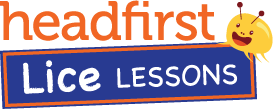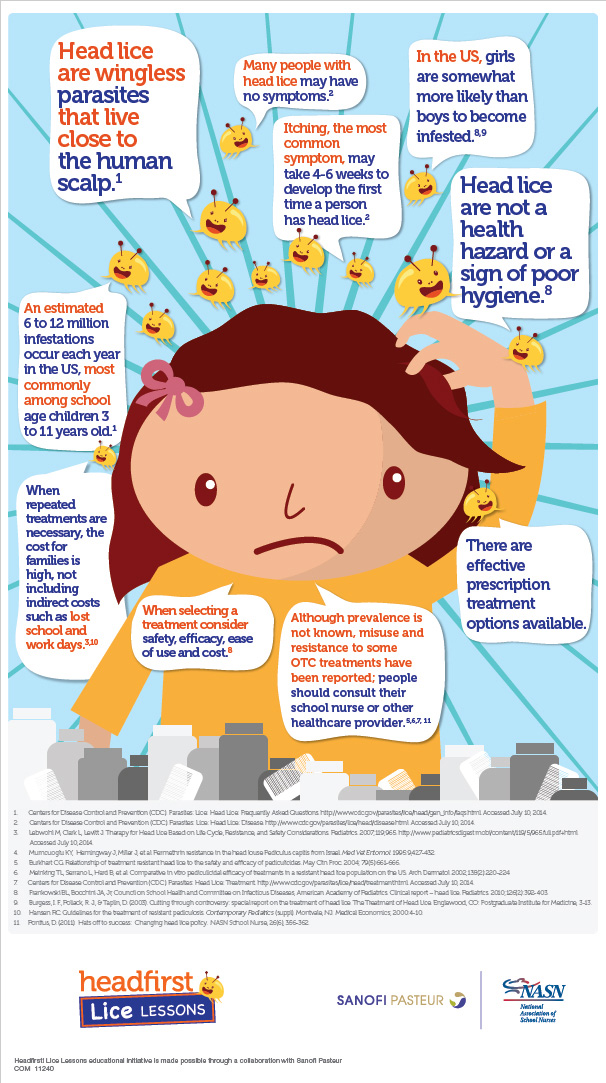Head lice at school
Most schools have policies on head lice and treatment requirements.
Understanding School Policies
Most schools have policies on head lice and treatment requirements, including when to send children home and when they can return to school. If you need more information about how to ensure your child does not fall behind on school work, your child's school nurse, teachers and other trusted staff members can be a great resource.
The National Association of School Nurses (NASN) recommends that children found with live head lice should remain in class, but be discouraged from head-to-head contact with other children. The organization also recommends that a school nurse should contact the parents of an affected child at the end of the school day to discuss treating that child.
Some schools have "no-nit" policies requiring all nits be removed from students' hair before they can return to class. A number of organizations, including the Centers for Disease Control, American Academy of Pediatrics and NASN, oppose "no-nit" policies because they often keep children out of school for an unnecessary length of time.
If you have any questions or concerns, or simply want to learn more about your school or district's policies on head lice, you may also want to reach out to your local Parent Teacher Association or Parent Teacher Organization to get additional information and support. Wendy L. Wright, one of our Headfirst! experts, shares her expertise on how to find head lice.

Darline P.
Robles, PhD
Dr. Robles is a Professor of Clinical Education at the University of Southern California (USC), mother to one son and grandmother to a granddaughter. She is also a member of the board of the National Parent Teacher Association (PTA) and former superintendent of Los Angeles County Office of Education, as well as a principal and teacher.

